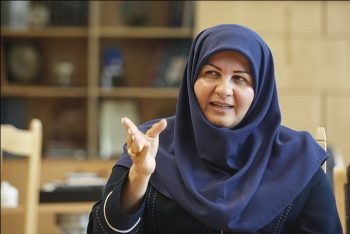
A number of managers of major petrochemical companies in Iran have been defying orders from Oil Minister Bijan Zanganeh and First Vice President Es’haq Jahangiri to take special measures to provide for security of their companies’ installations.
PIMI: Mehdi Sepehrvand
Following the suspicious conflagrations at a number of oil and petrochemical installations in Iran last year, Zanganeh and Jahangiri issued a circulation that required the chief executive officers of oil, gas and petrochemical companies to stay on the premises of their companies full time.
The order had banned boards of directors from giving positions such as heads of operation, HSE, and similar ones to managers who would not be able to attend their posts full-time or who were simultaneously employed in other companies. However, Meysam Pileh Foroush, an economic expert, recently told Tasnim that some directors, such as heads of Mahshahr Special Economy Zone and Bandar-e Emam Khomeyni, go on defying this circulation and work as visiting managers flying from Tehran.
The two mentioned holding companies also use top managers who are retired officials, and this is the second case of violation of the circulation, the expert said. Also, he added, the commissioned members of the two companies’ boards of directors do not attend the oil and petrochemical sites of their companies. They usually handle affairs by telephone from afar.
The Petrochemical Special Economic Zone is located in the southwest of Mahshahr city, in Khuzestan province, southern Iran, near the northern coast of the Persian Gulf. The Zone now covers an area of 2,600 hectares. When it was first established, it only encompassed an area of 1,700 hectares.The expansion came after Bandar Imam, Razi and Farabi Petrochemical Complexes were annexed to the Zone, which is linked to international waterways via Bandar Imam Port and has access to Turkey, Europe and Central Asian countries via Iran’s national railroad.
The Bandar Imam port is a transshipment point for containers, bulk and general cargo, with exclusive access to the facilities held by Iran Shipping Lines (IRISL). In 2005 the Iranian Government proposed direct container shipments between the port and Western Europe, but negotiations with shipping lines for dedicated port facilities and access have not concluded. The Port has seven terminals with 40 berths of about 6,500 meters frontage.
Imam Khomeini Port is currently Iran’s largest marine terminal. It has an annual loading/unloading capacity of over 50 million tons. The development of the petrochemical industry in the region in the past recent years has spelled considerable growth of the port. Currently, the port annually operates about 35 million tons of various goods.













